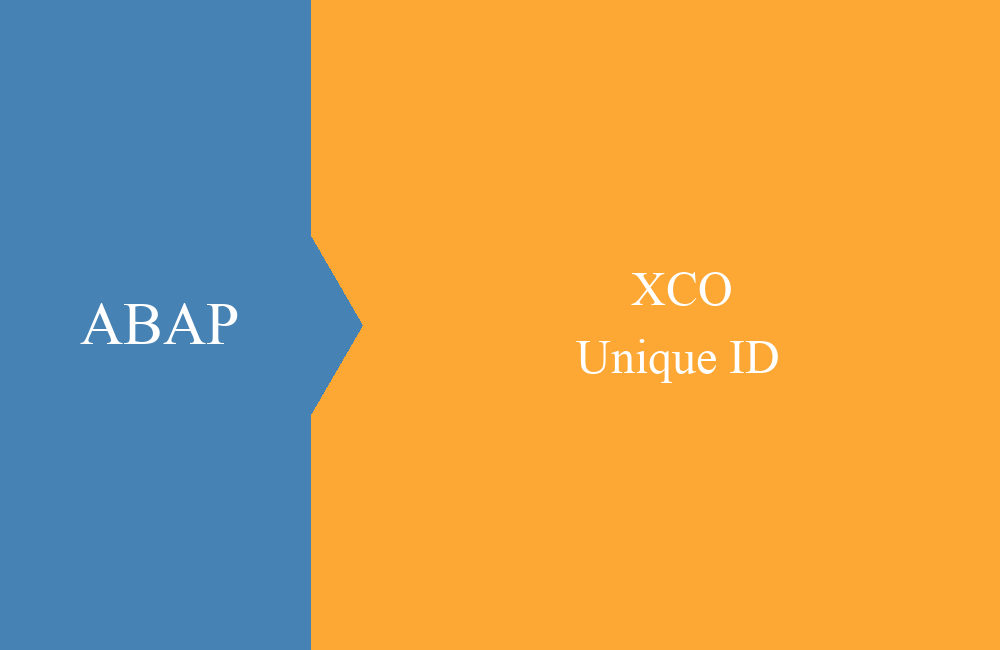
ABAP - Use new statements
With new ABAP, many new language constructs and expressions were introduced in ABAP. So why switch to this one when the old ones are more familiar?
Table of contents
With each new release since ABAP 7.40, new statements and language constructs are made available in ABAP, which bring the look and feel of the language towards Java. Most calls go in the direction of functional calls and further and further away from single-line commands. In today's article we want to bring the whole topic closer to you.
Change
Using and switching to the new commands is very similar to learning a new language, as there are a lot of new variants and statements and they all work a little differently. Here you have to make the first initial effort to use the new commands again and again. But here you have to take a little hurdle and you should have seen all the new commands and know that they exist.
To do this, we searched the Internet once and compared the new things and tried to classify what is replaced by which command or is simply completely new. Our little list was created:
There are also many commands that have simply been added without actually replacing anything. You can also find these in our list:
Performance
One of the most important aspects for using the new constructs, besides the functional use, is the better performance of the commands. ABAP is a language that has grown over decades and SAP has always ensured a very high level of stability and backward compatibility. This meant that old commands were no longer packaged and optimization within the kernel was more difficult because the risk was too great that old software would no longer work afterwards.
That is why the decision was made to introduce many new commands in ABAP, the performance of which was further optimized. This is one of the most important reasons to switch to the new statements.
Obsolete
Furthermore, you have to look with the next releases to see which other statements are slowly no longer supported. Even with a view to the cloud, many things no longer work as they would on an On-Premise system. With future developments it is important to see whether you want to continue to be cloud ready and to adapt the style and objects accordingly. We will go into more detail on the details of cloud development in future series on our blog.
Conclusion
You can find our overview of the new statements and what exactly they replace under the following link. The list is as complete as we got with our research. If you can think of something else or is missing from our list, just get in touch via our contact or the comments under the article.






